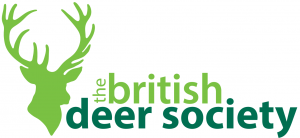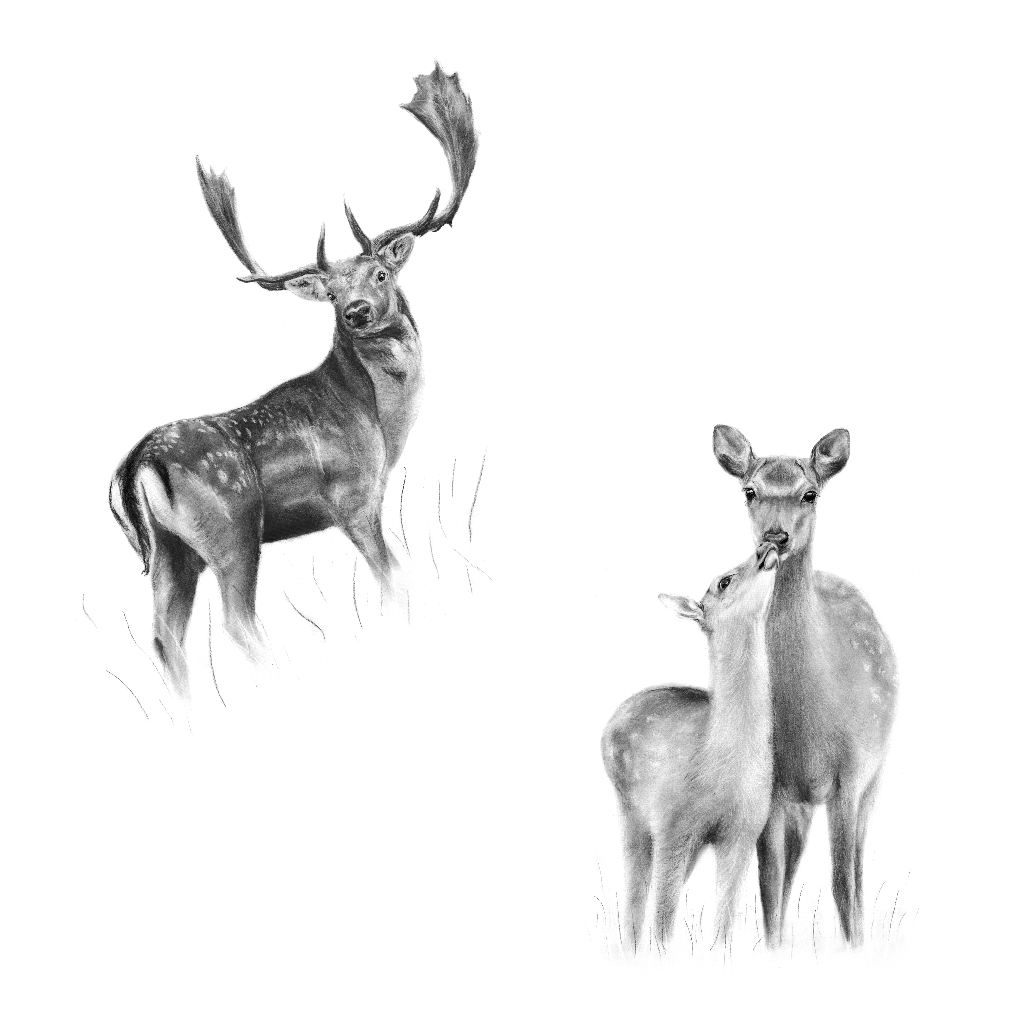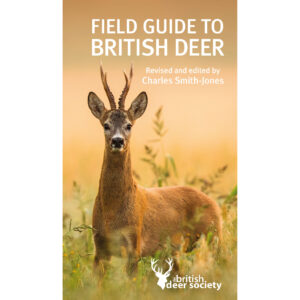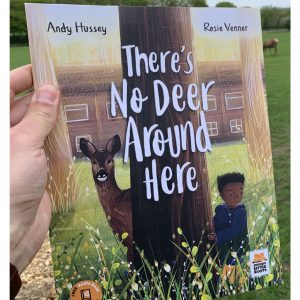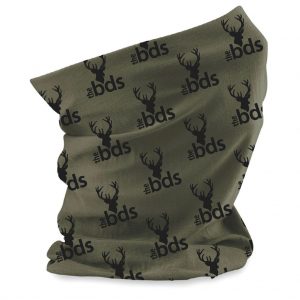Responsible Deer Management Clear Up
Share article:
Article by:
Charles Smith-Jones, Technical Adviser, British Deer Society
Responsible Deer Management: Clearing Up After DVCs and Grallochs
At the British Deer Society, we recently received a concerned enquiry from a member of the public regarding a deer carcass left at the roadside after humane dispatch using a captive bolt gun, with a pithing rod still in place. While we were able to assure the individual that no foul play was involved, this incident serves as a timely reminder for our members and all others involved in deer management activities to consider wider public sensitivities.
Proper Handling of Carcasses
Managing deer populations or volunteering time for Deer Vehicle Collisions (DVCs) are crucial activities, but they also come with responsibilities beyond the immediate task at hand. Sometimes, due to logistical reasons, a carcass must be left for later collection. In such cases, it’s imperative to hide it from public view, even if it means moving it a short distance into cover and marking the spot appropriately for easy retrieval.
Health Risks and Disposal of Carcasses
When a lethal injection is used for humane dispatch, there are additional considerations. The carcass poses a significant health risk to anyone who may come into contact with it, especially if it is taken away for consumption or if it scavenged by wildlife. It’s advisable to remove such carcasses immediately for disposal. If removal must be unavoidably delayed, clear marking of its unsuitability for consumption, along with liberal use of blue dye or paint, helps reinforce the message. Covering the carcass with a groundsheet or similar, securely pegged in place, adds an extra layer of caution.
Responsibility and Best Practices
Best practice dictates that any party calling out a vet for a lethal injection should take responsibility for the carcass and its disposal, and for ensuring unauthorised access is prevented where necessary. This proactive approach safeguards public health and maintains the integrity of the environment.
Considerate Gralloch Practices
Furthermore, all stalkers and deer managers are reminded to conduct grallochs away from public rights of way or similar areas. Even when gralloch material is appropriately disposed of, remaining blood stains or signs may cause distress to passers-by. There have been examples of reports of suspected poaching stemming from misunderstandings, or from the inappropriate disposal of by-products, which have led to wasted police time. Respect for public spaces and sensitivity to public perception are integral parts of responsible deer management.
As stewards of wildlife and guardians of public safety, it’s essential for all involved in deer management to adhere to best practices and considerate behaviour. By doing so, we not only fulfil our obligations but also contribute to the preservation of our natural heritage and the well-being of our communities.



